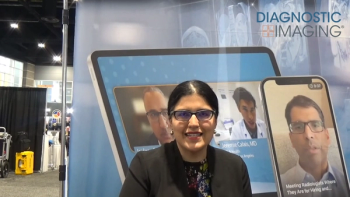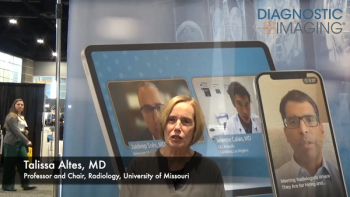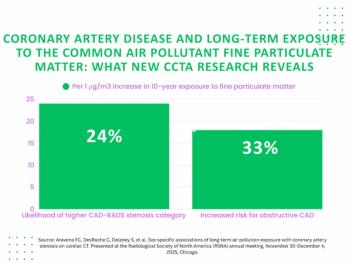
Patient Movement During MRI Expensive for Radiology
Imaging patients is more costly when they move.
Patient motion during MR imaging results in added costs to radiology departments, according to a study published in the
Researchers from the University of Washington and Harborview Medical Center in Seattle, performed a retrospective study to assess the prevalence, severity, and cost estimates associated with motion artifacts identified on clinical MR examinations.
The data were taken from a randomly selected full calendar week in April 2014 of MR images taken on three different scanners. The images were performed across a broad patient population with a wide range of illnesses. The authors noted that not all failed examinations were submitted to PACS, however they were available for review directly on the MR console.
Two blinded radiologists reviewed the data, using a scale of none to severe for clinical quantification of motion artifacts. Costs were calculated based on imaging time and the need for repeat imaging. A total of 192 completed clinical examinations were included in the study. The patients ranged in age from 21 to 87 with a mean age of 56; 97 were women, 95 men. One hundred eighteen image sequences were performed on outpatients, 76 on inpatients or through the emergency department. There were 68 repeat sequences in 38 patients. These took an average of 4 minutes, 10 seconds extra for each sequence, resulting in an added 278.5 minutes of additional scan time.
The results showed there were significant motion artifacts in 7.5% of the outpatient and 29.4% of inpatient and/or emergency department MR examinations. “The prevalence of repeat sequences was 19.8% of total MRI examinations,” the authors wrote. “The base-case cost estimate yielded a potential cost to the hospital of $592 per hour in lost revenue due to motion artifacts. Potential institutional average costs borne (revenue forgone) of approximately $115,000 per scanner per year may affect hospitals, owing to motion artifacts (univariate sensitivity analysis suggested a lower bound of $92,600, and an upper bound of $139,000).”
The researchers concluded that patient motion was a frequent cause of degradation of MR images, which added to substantial costs to the radiology department.
Newsletter
Stay at the forefront of radiology with the Diagnostic Imaging newsletter, delivering the latest news, clinical insights, and imaging advancements for today’s radiologists.




























